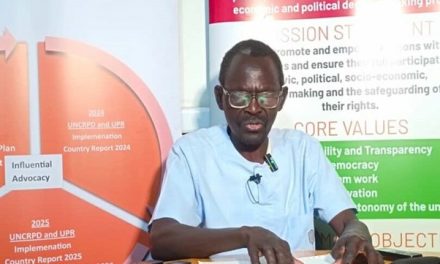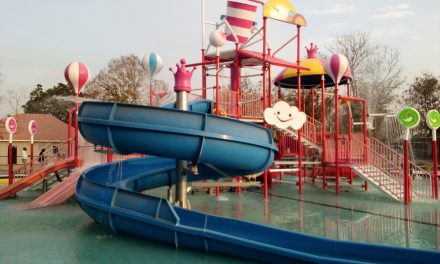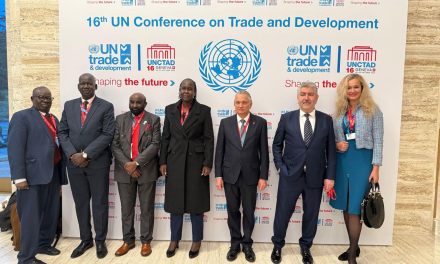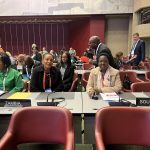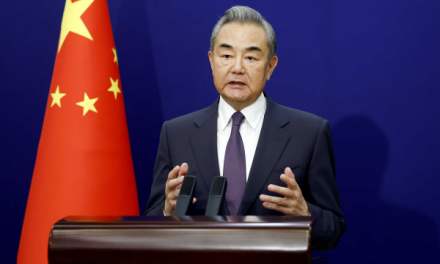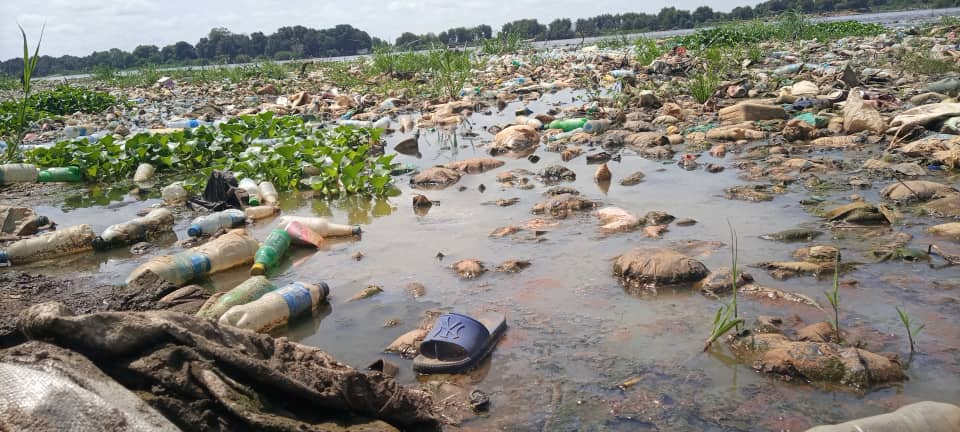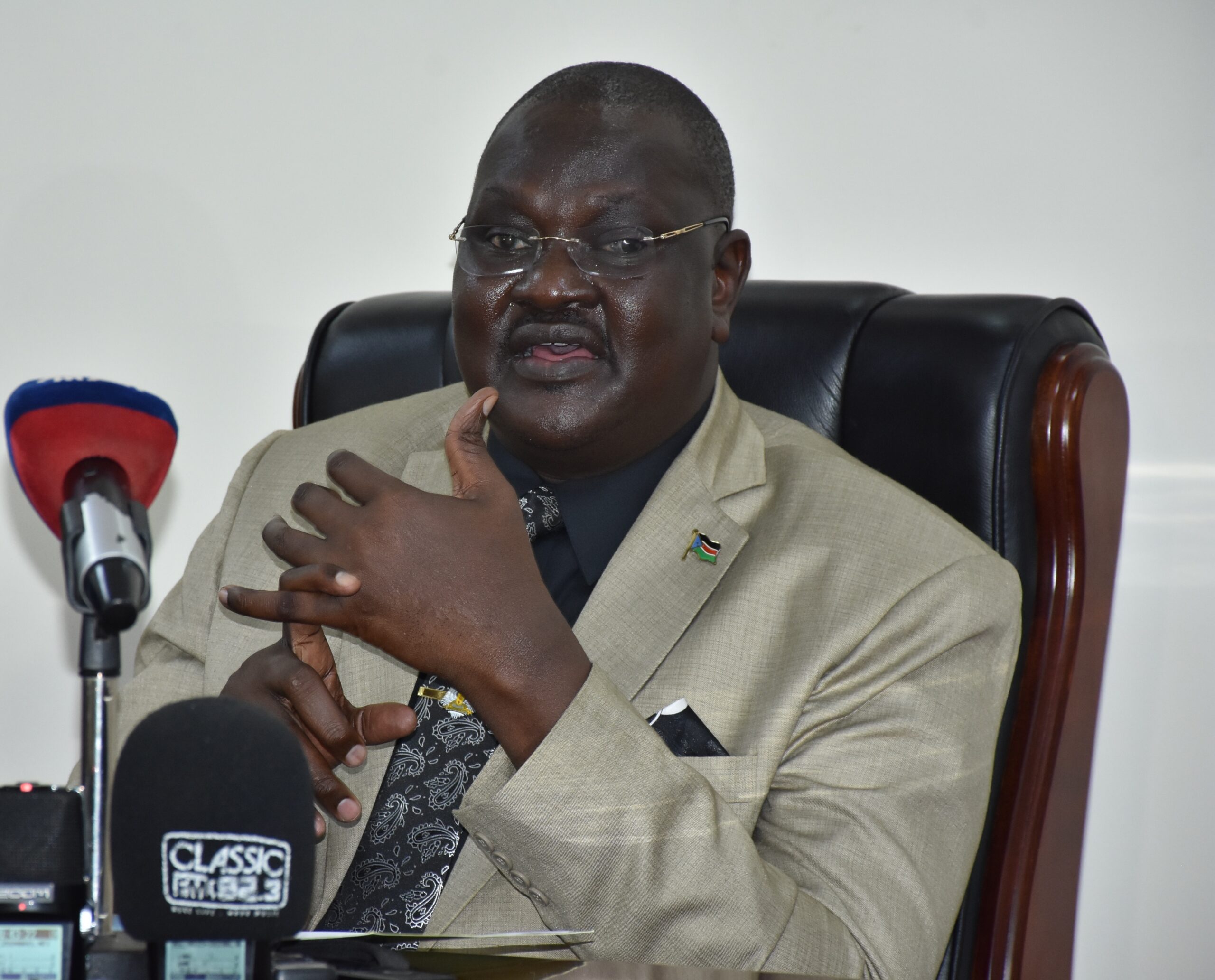
Will a Nile Canal Project Dry Up Africa’s Largest Wetland?
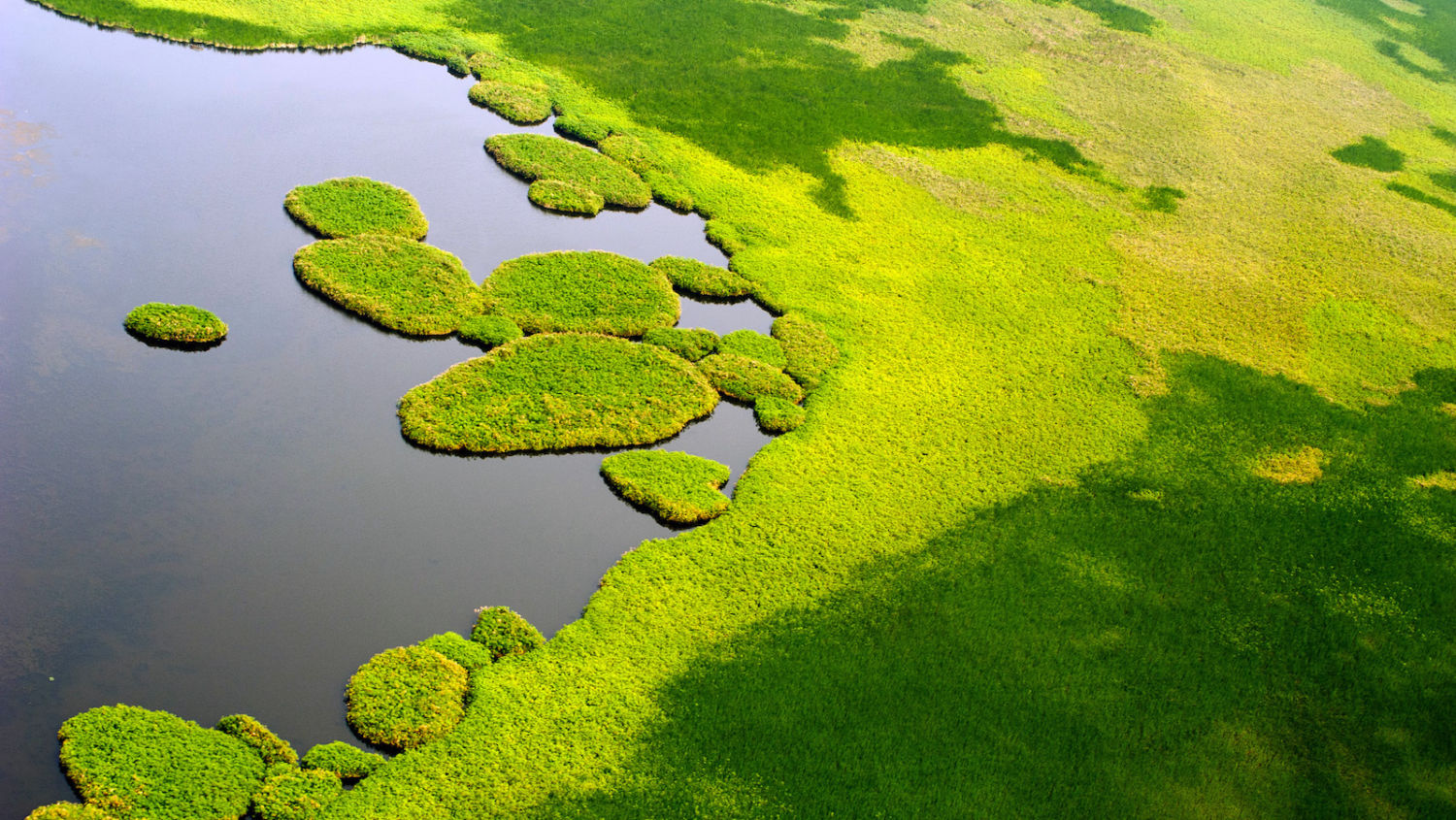
BY FRED PEARCE • JUNE 28, 2022
South Sudan is moving ahead with plans for a 240-mile canal to divert water from the White Nile and send it to Egypt. But critics warn the megaproject would desiccate the world’s second largest wetland, impacting its rich wildlife and the rains on which the region depends.
Seen from space, the Sudd swamp is a giant green smudge where the White Nile, one of the great river’s two main branches, spreads out across flat arid land, forming myriad back channels that are often covered in floating vegetation. Africa’s largest freshwater wetland permanently occupies roughly 3,500 square miles in an otherwise dry region of South Sudan and floods up to 10 times more in the wet season.
But now the Sudd is under threat of being turned to desert by the revival of a half-completed engineering megaproject that would divert the Nile River away from the wetland and shorten its route north to the Mediterranean Sea.
Egypt, which sponsored the original ill-fated Jonglei Canal project 40 years ago, is set to fund the scheme, which would reduce evaporation from the swamp, and so deliver water downstream to its reservoirs. Ministers in the South Sudan government hope the canal will also reduce flooding around the swamp, which forced hundreds of thousands of people to flee their homes last year.
But South Sudan’s environment ministry is fighting a rearguard action against the canal. It announced this month that it “will not approve the resumption or completion of the canal because of the ecosystem services that Sudd provides to our nation, the region and the world.”
The Sudd swamp sustains one of the world’s largest mammal migrations, with 1.3 million antelope moving across the grasslands.
Conservationists say even a partial loss of the Sudd would be an ecological disaster, desiccating the world’s second largest swamp and ending seasonal flooding of the surrounding grasslands, which comprise Africa’s largest intact area of savannah.
The Sudd is home to thousands of crocodiles, hippos, elephants, and zebras, as well as the majority of the world’s shoebill storks. It also sustains one of the world’s largest mammal migrations, in which around 1.3 million antelope — comprising white-eared kob, tiang, and Mongalla gazelle — move each year from the Sudd east across hundreds of miles of open grasslands to Gambella in Ethiopia. Much of this would be lost.
NEVER MISS AN ARTICLE
Subscribe to the E360 Newsletter for weekly updates delivered to your inbox. Sign Up.
Meanwhile, hydrologists say that while cutting evaporation from the swamp may deliver water to Egypt, it will reduce rainfall for farms and rainforests across South Sudan and neighboring countries.
The Nile waters take more than a year to pass through the Sudd swamp. Around half the flow, some 3.4 cubic miles annually, evaporates in the tropical sun. The canal — which was first proposed by British colonial engineers in 1904 and was two-thirds completed in the 1980s before being abandoned because of a civil war — would radically reduce this loss, providing an estimated 1.15 cubic miles more water to irrigate crops downstream in Egypt.
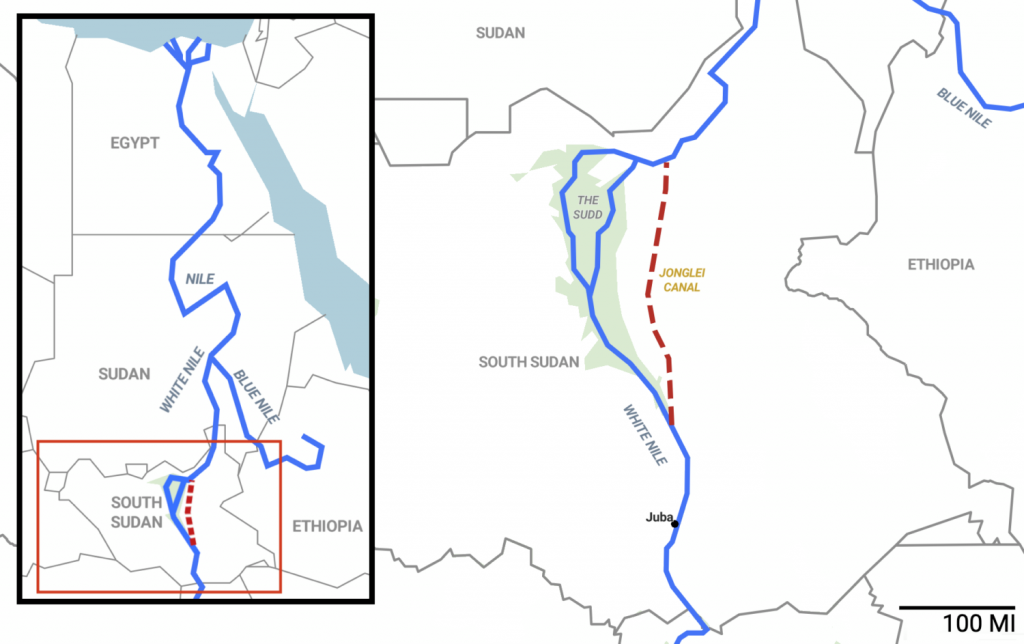
The abandoned site of the half-completed Jonglei Canal is one of the strangest scenes in Africa. A dry excavation, 250 feet wide and up to 25 feet deep, extends across near-desert east of the Sudd for 160 miles, ending at the Bucketwheel, a 2,300-ton laser-guided digging machine as tall as a five-story building. The machine was brought there in 1978 by a French construction company, and for six years its 12 giant rotating buckets steadily excavated the canal.
By 1984, it had dug two-thirds of the intended canal. Then, work was abruptly halted after operators were kidnapped by rebel separatists intent on protecting the Sudd and turning the remote southern region of Sudan into a new state of South Sudan.
The rebels saw the canal as a theft of water by Egypt that would deprive the Sudd’s nomadic Dinka, Nuer, and Shilluk communities of fisheries and the huge seasonally flooded pastures essential for their livestock.
A 22-year civil war followed, which the rebels eventually won. But since South Sudan gained independence, some of the new country’s ministers have changed heart and want to complete the canal. They now see the Sudd not as an ecological asset, but as a threat.
In recent times, many former nomads have adopted more sedentary lifestyles with houses built in places vulnerable to the vagaries of the Sudd. Up to half a million people were forced to leave their homes last year as high flows in the Nile engorged the swamp. There have been growing calls in the government to both tame the flooding and harness the Sudd’s water for economic development.
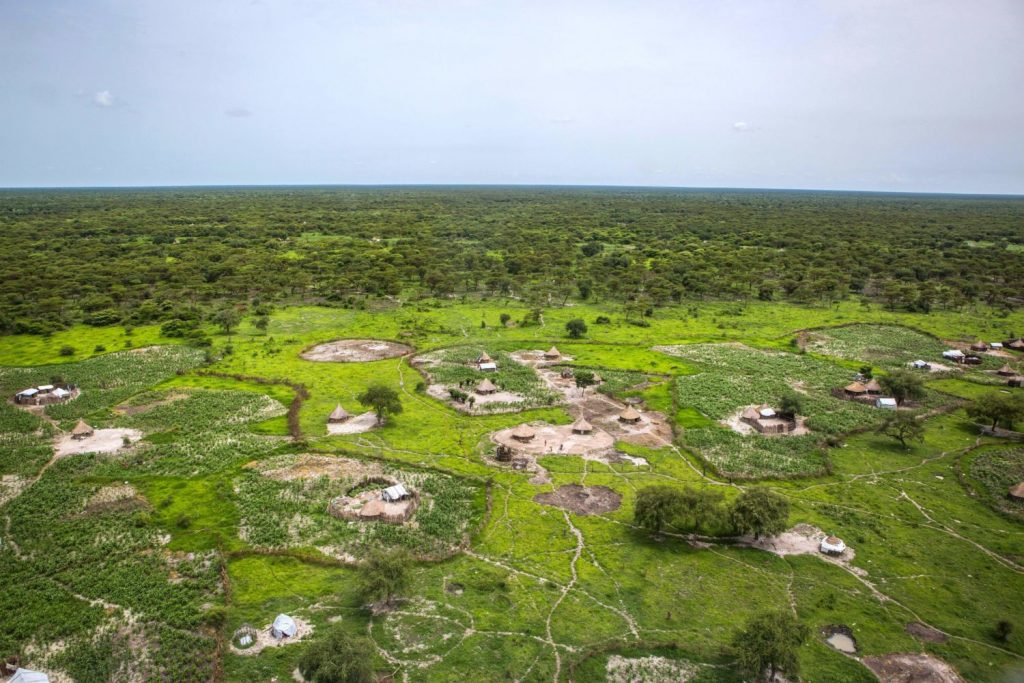
A village surrounded by swamp in South Sudan.
A private presentation by then water minister Manawa Peter Gatkuoth to the Council of Ministers in December 2021, seen by Yale Environment 360, claims that the canal could provide water to irrigate up to 7.5 million acres, an area the size of Maryland, “upgrade river transport, tourism, trade, industry, and social development,” and improve the country’s food security, while growing export crops and allowing the development of fish farms. (Gatkuoth died suddenly from a heart condition on June 19.)
In February, South Sudan’s vice president for infrastructure, Taban Deng Gai, who comes from an area hit by recent flooding, became the first minister to publicly call for the canal to be completed. “For our land not to be submerged by flood, let’s allow this water to flow to those who need it in Egypt,” he said. The expectation is that the government of Egypt, which has most to gain from the project, would foot the bill. The Egyptian government did not respond to requests for comment.
Despite the drive to push ahead with the scheme, opponents are becoming organized. A loose coalition of environmentally concerned members of the National Legislature, academics, and government and NGO officials in South Sudan has pushed back, forming a Save The Sudd campaign. Several were interviewed for this article. Most wish to remain anonymous, but one who has broken cover is the vice chancellor of the University of Juba, John Akec.
In April, Akec launched a petition aimed at gaining 100,000 signatures to be presented to the country’s president. Akec says he was among the students half a century ago who protested against the plan, which “has the potential of draining and destroying the Sudd’s ecosystem, with dire consequences on the Sudd region’s biodiversity, livelihood, culture and hydrological cycle.”
The Sudd swamp moderates floods, captures carbon, and acts as a wildlife refuge, says the coauthor of a 2016 study.
Jacob Lupai, an associate professor of food security at Akec’s university, agrees. “The canal would bring about the total disappearance of many lakes … and reduce others to seasonal lagoons with a serious loss of year-round fish,” he says. Besides its ecological impacts, the canal would dry out grasslands whose annual flooding is “an essential seasonal resource during the driest months of the year.”
“South Sudan did not fight two costly and devastating wars … just to be at the receiving end of predatory outsiders’ imposed projects and to allow its precious natural resources to be plundered,” Lupai wrote in the Sudan Post in April.
Joshua Dau Diu, a member of the Jieng Council of Elders, a group of prominent Dinka politicians, called the development projects that the water ministry says could be made possible by the canal “imaginary and fallacious.”
For the moment, the environment ministry is siding with opponents of the project. With different ministries at loggerheads, South Sudan President Salva Kiir Mayardit has invited foreign experts to a meeting in July to discuss the management of the Nile and the Sudd. “The government wanted to know exactly the impact of Nile water, particularly the clearance of the Nile, the digging of the canal, and the ecological impact to South Sudan … so that the government can give approval or deny the approval,” a presidential spokesman said.
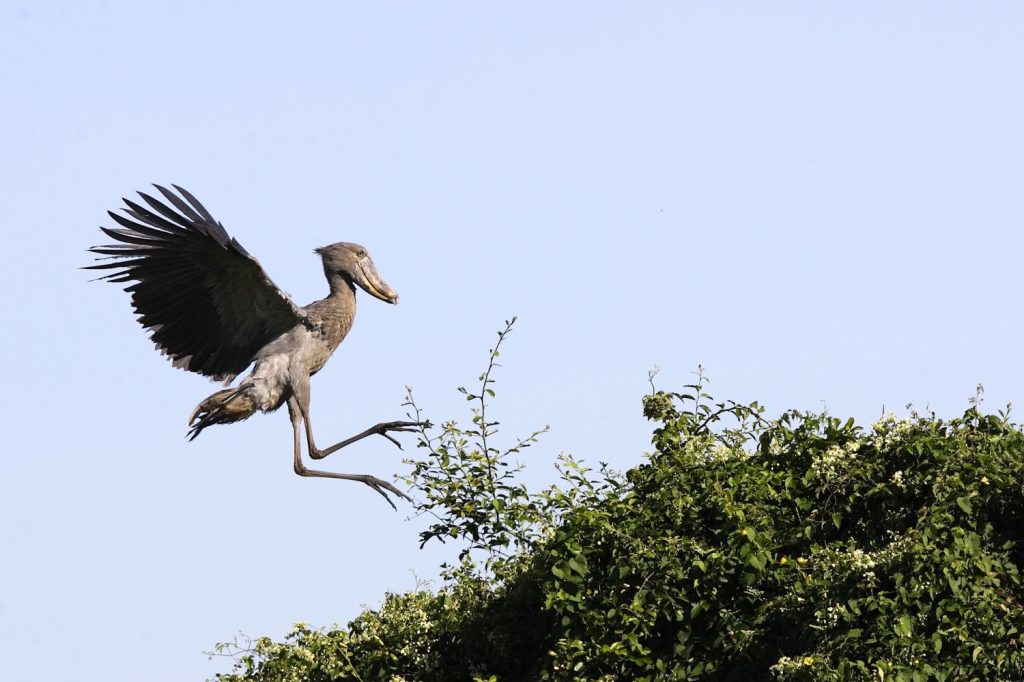
A majority of the world’s shoebill storks are found in the Sudd.SYLVAIN CORDIER / GAMMA-RAPHO VIA GETTY IMAGES
Foreign experts expected to attend did not disclose their opinions when contacted for comment. But many other outside experts are lining up with Save The Sudd.
“The Sudd provides an incredible list of benefits,” says Hannes Lang, who, as an environmental economist at the Technical University in Munich in 2016, coauthored a study of the Sudd’s economic, cultural, and ecological value for the UN Environment Programme. It moderates floods and local climate, maintains extensive groundwaters, captures carbon, and acts as a wildlife refuge, he said.
A 2020 assessment for the Nile Basin Initiative, an intergovernmental partnerships of governments along the river, put the total economic value of the Sudd for natural resources, regulating the river, and cultural and biodiversity benefits at $3.3 billion.
But all that could easily be lost, according to Lang. “Once the canal exists and the Sudd marsh is partially drained, it will be impossible to return to the previous state,” he says. “The ecosystem cannot just be filled again.”
The water and irrigation ministries of Egypt and South Sudan agreed to undertake joint projects on the Nile in 2020. Earlier this summer, in what many see as a prelude to the canal, they announced plans for massive dredging operations in the Sudd to relieve flooding. This month the South Sudan ministry took delivery of several large Egyptian dredging machines to remove vegetation from 20 miles of waterways in the north of the swamp, “for the health of the river system.” The dredging would also, said the water minister on a trip to Cairo last year, increase water flow down the Nile.
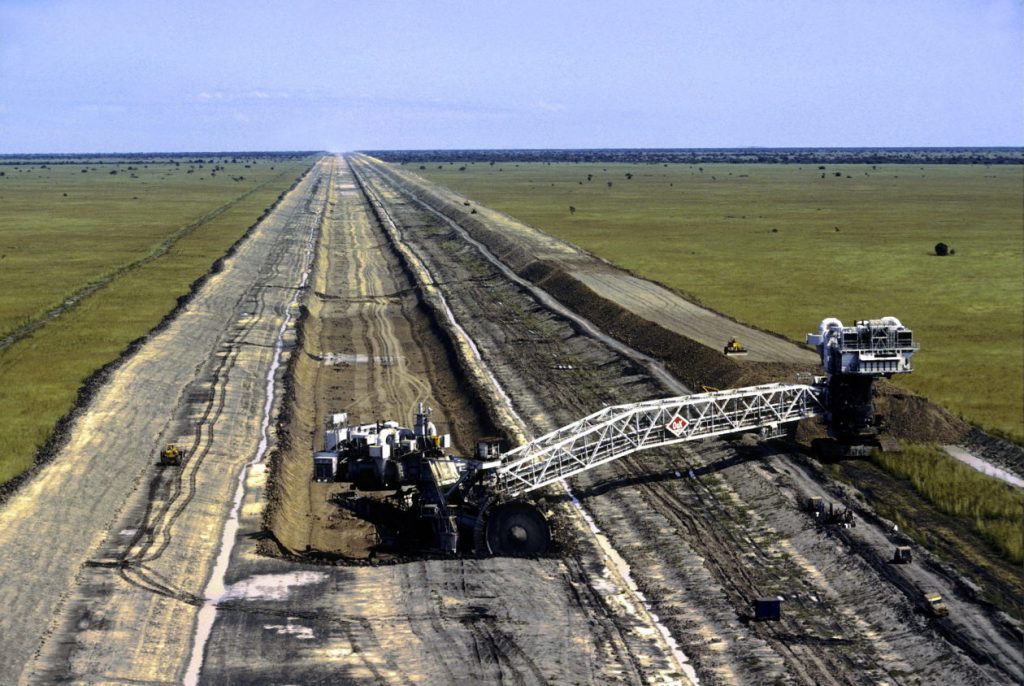
The Jonglei Canal under construction in 1983. The project was abandoned the following year after a rebel attack. CHIP HIRES / GAMMA-RAPHO VIA GETTY IMAGES
But opponents say the dredging will pollute the river, destroy wetlands, forests, and grazing grounds, and damage water supplies for local communities.
The environment ministry agrees. With dredging set to start this month, it issued a statement saying that unless and until environmental and social assessments have been completed, “any dredging of the river is illegal.” And after hearing an application from a local lawyer, the East African Court of Justice, which has jurisdiction over South Sudan, granted a restraining order preventing the dredging for now, saying it was “environmentally untenable” and “will traverse protected area … with undue regard to livelihoods,” international environmental law, and human rights.
Still, the pressure on South Sudan from Egypt to carry out dredging and resume canal digging continues to grow.
A desert country of more than 100 million people, Egypt has become increasingly worried by food and water insecurity, especially since Ethiopia began building the Grand Ethiopian Renaissance Dam on the Blue Nile, the river’s second largest tributary. Egypt’s leaders reportedly see the revival of the Jonglei Canal as an opportunity to compensate by increasing flows down the Nile’s other branch.
The canal’s supporters point out that it would not entirely dry up the Sudd, merely shrink it. Yet how much is uncertain. Published estimates of the loss range from 7 percent, suggested by Mariam Allam of MIT and Cairo University, to as high as 40 percent.
Egypt is “not a credible host” for this year’s UN climate conference as long as it promotes the Jonglei Canal, a conservationist says.
But hydrologists say the central premise of the canal project — that it can save water by reducing the evaporation “loss” in the Sudd — is misguided. The evaporated water is not lost, they say. It moistens the air and creates rainfall downwind that maintains forests and crops.
A detailed hydrological modeling study published in 2010 by Ruud van der Ent of the Delft University of Technology found that at least half of local rainfall is ultimately fed by evaporation from land. The University of Juba’s Akec says the water evaporating from the swamp and carried south on the winds is responsible for maintaining a “green belt” across most of southern South Sudan and into neighboring Democratic Republic of Congo and Uganda. Shrinking the Sudd could eliminate all-year rains across this area, he says.
Drying the Sudd would also release greenhouse gases. The swamp has an estimated 6,200 square miles of peat, which holds more than 10 times as much carbon as an equivalent area of rainforest. It holds around 4 billion tons of carbon, much of which could be released if the canal is completed.
Some see Egypt’s promotion of the Jonglei Canal as ironic, since it is set to host the next UN climate conference later this year. “Egypt is not a credible host for the COP27 when it proposes this Jonglei Canal scheme, which would permanently undermine the climate resilience of the region,” says Jane Madgwick, CEO of the environment group Wetlands International, which opposes the canal. “The Sudd needs to be recognized as a massive natural asset, vital to future peace and prosperity.”
Fred Pearce is a freelance author and journalist based in the U.K. He is a contributing writer for Yale Environment 360 and is the author of numerous books, including The Land Grabbers, Earth Then and Now: Amazing Images of Our Changing World, and The Climate Files: The Battle for the Truth About Global Warming. MOREABOUT FRED PEARCE →

